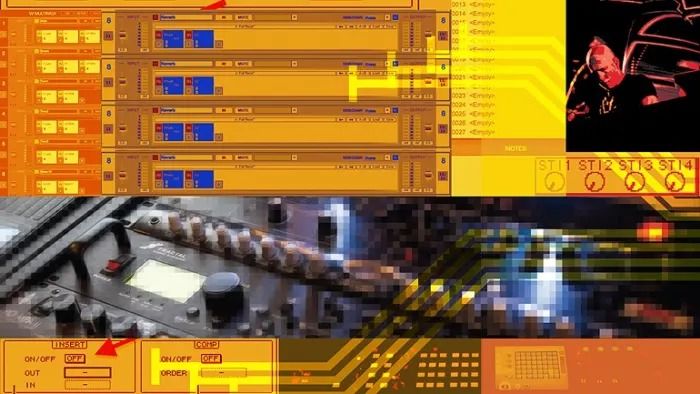
Although number preferences have previously been demonstrated for adults, we show important differences – as well as continuities – in biases exhibited across development. In the present paper, we demonstrate that indeed not all numbers are equal some values are more easily accessible than others, for children and adults.

Yet it need not be the case that in psychological space, the same metrics – or internal spaces – apply. For example, numbers involve core mathematical properties, such that with the highly familiar example of a ruler, each value is equally distanced from others. Yet they rest on a sound understanding of how numerical values are represented. Such theories make important predictions for mathematical processing in particular. Out of a large body of empirical work, several important and richly developed theoretical accounts of number processing exist, including for example, the triple-code model ( Dehaene and Cohen, 1995) and the encoding complex approach ( Campbell, 1994). There is a strong and venerable interest in mathematical cognition and its development. We argue that number space demonstrates both continuities (numbers 1–3 have a distinct status) and change (a developmentally emerging bias toward the left side of representational space or lower numbers). However, children also exhibit a small number bias with a smaller response set available, and they show a preference specifically for the numbers 1–3 across many datasets. We report a modest association between children’s age and numerical bias. Adults show a preference for small numbers with the same response set. Children – most of whom are between 8 and 11~years – show a preference for relatively large numbers when choosing numbers 1–10. We analyze randomization choices made by both children and adults, considering a range of experimental studies and task configurations. Previous research has shown convincingly that adults prefer smaller numbers when randomly choosing between responses 1–6.

There are 36 possible outcomes.We investigate the number preferences of children and adults when generating random digit sequences. I found this method by applying a more general method, which may be instructive. (This method is not optimal it has the same performance as Jack D'Aurizio's method, requiring (on average) 2.4 (not 2.2) die throws per decimal digit.)

And so on up to digit 9, which is a roll of 6–3, 6–4, or 6–5. A roll of 2–3, 2–4, or 2–5 is the digit 2. A roll of 1–5, 1–6, or 2–1 is the digit 1. A roll of 1–2, 1–3, or 1–4 is the digit 0. Roll the dice in pairs to generate pairs. You may throw the die many ($N$) times, take the sum of the outcomes and consider the residue class $\pmod8=1.75$ rolls per digit. Is there a more efficient way that requires only some fixed number of steps? Edit: Or if not possible, a method with a smaller expected number of rolls? The problem is that although the probability that there will eventually be a largest result is $1$, it might take a while before getting it. If there is no largest result, start again until there is. If the $i$th throw got the largest result, take your number to be $i$.



 0 kommentar(er)
0 kommentar(er)
